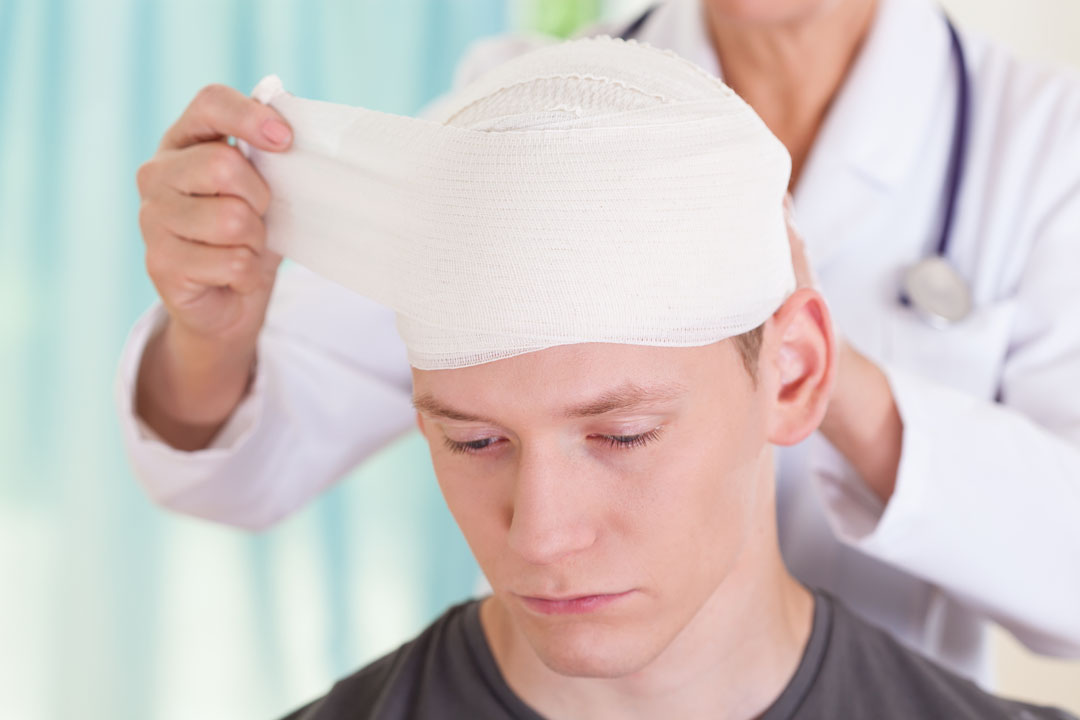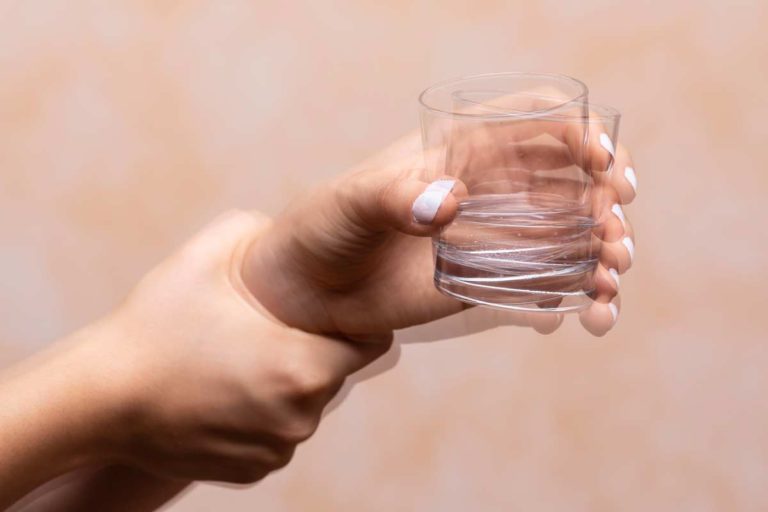Zumospin Casino: De verborgen factoren die uw uitbetaling in 2025 beïnvloeden
Zumospin Casino is in korte tijd uitgegroeid tot een populaire keuze onder Nederlandse spelers. Toch zijn er veel aspecten die invloed hebben op de snelheid van uw opname, variërend van verificatieprocessen tot betaalmethoden. In deze review nemen we Zumospin Casino onder de loep en bekijken we hoe betrouwbaar en efficiënt hun diensten echt zijn. Of u nu een casual speler bent of iemand die jaagt op de grootste jackpots, het begrijpen van deze factoren kan het verschil maken tussen een frustrerende wachttijd en een vlotte transactie.
Omgekeerde transacties bij online casino’s
Bij Zumospin Casino https://zumospin.bet/ speelt het fenomeen van omgekeerde transacties een belangrijke rol. Dit betekent dat spelers hun opnames tijdelijk kunnen terugdraaien om verder te spelen. Hoewel dit extra flexibiliteit biedt, kan het ook leiden tot impulsief gedrag en vertraging bij de uiteindelijke uitbetaling. Het is daarom belangrijk om hier bewust mee om te gaan. Zumospin Casino raadt aan om duidelijke limieten voor uzelf te stellen. Zo behoudt u de controle en kunt u beter genieten van uw speelervaring, zonder dat het uw opnameproces vertraagt.
Progressieve jackpot slots die de moeite waard zijn
Zumospin Casino biedt een breed scala aan progressieve jackpotspellen die miljoenenprijzen kunnen opleveren. Deze slots trekken veel spelers aan omdat de prijzenpot blijft groeien totdat iemand de jackpot wint. Bij Zumospin vindt u enkele van de populairste progressieve slots die wereldwijd geliefd zijn.
- Mega Moolah
- Divine Fortune
- Hall of Gods
- Major Millions
Waarom mobiel spelen de toekomst is
Bij Zumospin Casino is duidelijk te zien dat mobiel gamen steeds belangrijker wordt. Spelers willen hun favoriete spellen altijd en overal bij de hand hebben. Het mobiele platform van Zumospin biedt een soepele ervaring zonder kwaliteitsverlies.
Daarnaast zorgen de constante verbeteringen in technologie ervoor dat mobiel spelen sneller, veiliger en gebruiksvriendelijker wordt. Zumospin Casino investeert actief in mobiele innovaties, zodat u altijd verzekerd bent van een optimale speelervaring, ongeacht uw apparaat.
Ontdek providers voor grote winsten
Zumospin Casino werkt samen met topaanbieders die bekendstaan om hun hoge uitbetalingen en innovatieve features. Hierdoor krijgt u toegang tot spellen die zowel spannend als winstgevend kunnen zijn.
- NetEnt
- Microgaming
- Play’n GO
- Pragmatic Play
Is online gokken echt eerlijk?
Bij Zumospin Casino wordt veel aandacht besteed aan de eerlijkheid van de spellen. Alle titels maken gebruik van RNG-technologie, waardoor elke uitkomst willekeurig en transparant is. Bovendien worden de spellen regelmatig gecontroleerd door onafhankelijke auditors.
Toch is het voor spelers belangrijk om zich bewust te zijn van verantwoord spelen. Vertrouwen in de technologie en het casino is essentieel, maar verantwoord omgaan met uw speelgedrag blijft de sleutel tot een gezonde spelervaring bij Zumospin Casino.
Betrouwbaar casino met grote jackpots
Zumospin Casino onderscheidt zich met een aanbod van grote jackpots die het spelen extra spannend maken. Dankzij de samenwerking met gerenommeerde providers kunt u rekenen op eerlijke kansen en indrukwekkende prijzen. Spelers die dromen van een enorme winst vinden bij Zumospin een veilige en aantrekkelijke speelomgeving.
Zumospin Casino combineert betrouwbaarheid met spannende spelervaringen. Voor veilig spelen kunt u ook tips vinden op Kansspelautoriteit.









